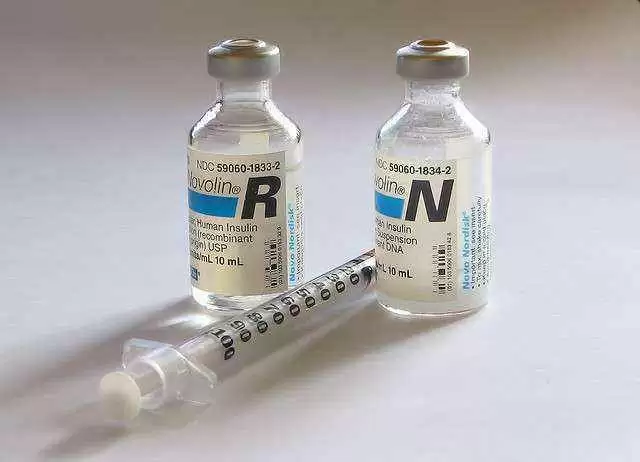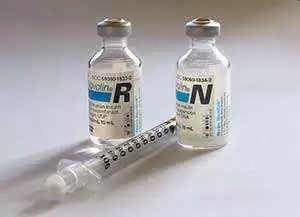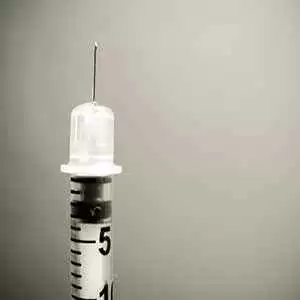
Celiac.com 07/11/2013 - A team of researchers wanted to better understand screening practices for celiac disease in patients with type 1 diabetes across North America. One question they sought to answer was whether diabetes centers screen for celiac disease in type 1 diabetes more frequently than other facilities.
 The research team included S.M. Simpson, E.J. Ciaccio, S. Case, N. Jaffe, S. Mahadov, B. Lebwohl, P.H. Green. All except Case are affiliated with the Celiac Disease Center at Columbia University, New York, USA. Shelley Case runs her own nutrition consulting business in Regina, Saskatchewan.
The research team included S.M. Simpson, E.J. Ciaccio, S. Case, N. Jaffe, S. Mahadov, B. Lebwohl, P.H. Green. All except Case are affiliated with the Celiac Disease Center at Columbia University, New York, USA. Shelley Case runs her own nutrition consulting business in Regina, Saskatchewan.
Celiac.com Sponsor (A12):
For their study, the team conducted a survey with 27 questions on screening practices for celiac disease in patients with type 1 diabetes. The questions were compiled by experts in celiac disease and diabetes.
The team sent surveys by email to diabetes educators and dietitians throughout the United States and Canada between December 2010 and May 2011.
They received 514 responses from 484 endocrine clinics, diabetes clinics, private practices, community nutrition centers, and inpatient centers.
Thirty-five percent of these locations screened for celiac disease, with endocrine clinics reporting screening at the highest rate of eighty percent.
Not surprisingly, the most common test celiac disease test was tissue transglutaminase, while the most frequently recommended treatment of confirmed celiac disease was a gluten-free diet. However, only 365 respondents (71%) recommended biopsy in patients with positive blood results.
More than half of those responding (55.3%) reported that patient symptoms improved once they adopted a gluten-free diet.
Staff at endocrine clinics were most likely to suggest celiac disease testing for patients with type 1 diabetes.
Due to low screening frequency as well as inconsistency in management of positive celiac disease blood tests, the research team is calling for increased education regarding celiac disease in patients with type 1 diabetes, along with the adoption of uniform protocols.
Source:
- Open Original Shared Link







Recommended Comments